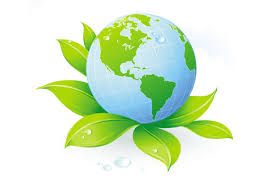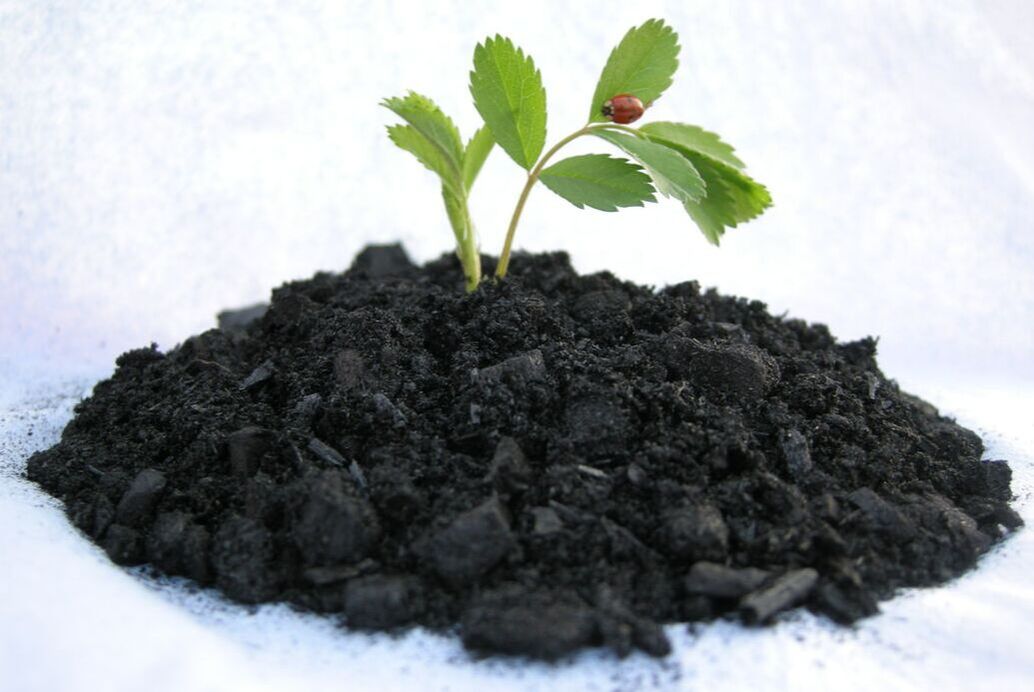CONNECTING TO THE PLANET
Environmental Friendliness
|
All stages of production are environmentally-friendly. NovaGreen's process inputs fully utilize biomass by-products, ensuring:
NovaGreen's outputs and processes are also extremely environmentally-friendly. Advanced technology, and recycling capabilities ensure that air, water, and solid waste by-products meet and exceed standards for the environment. |
Biochar
Biochar has different forms, and can be created or formulated into different product variants. We employ a ‘slow pyrolysis’ technique to produce NovaGreen Biochar. This involves heating or 'charring’ of the starting biomass in a low oxygen environment.
|
Our initial primary application for NovaGreen Biochar will be to return it to the agricultural soil in the region where it is created. Our biochar has high, ‘Class 1’ sequestration content, based the International Biochar Institute’s definition:
Sequestration potential is assessed using two characteristics: the carbon content and hydrogen/carbon (H:Corg) ratio. A minimum threshold of 10% carbon is required for a charred material to be considered as biochar. Within the IBI program there is a three-tiered classification system based on carbon content. Class 1 includes biochars with 60%+, Class 2 is 30 – 59.9% and Class 3 is 10 – 29.9% carbon content. (Source: https://pyrolist.com/blog/international-biochar-certification-for-soil-application) |
Carbon Capture Utilization and Storage (CCUS)
Biochar is a mini, totally natural Carbon Capture, Utilization and Storage (CCUS) process - without government or industry cost!
It is carbon credit eligible.
It is carbon credit eligible.
Restoring Soil Carbon Balance, and Replacing Nutrient Deficits
When returned to the earth, the end product has several beneficial uses for Agriculture, and for the Environment. Benefits to agricultural processes, and to environmental sustainability, include:
- carbon sequestration (and associated carbon credits)
- reduction of crop fertilizer requirements
- reduced carbon dioxide emissions
- reduced nitrous oxide emissions
- enhanced plant productivity
- increased water holding capacity
- improved nutrient retention
- increases to beneficial biota in soil
55 Shades of Biochar
In addition to the agricultural and horticultural uses for biochar, over 55 additional uses have been identified for this product (Source: https://biochar.co.uk/55-uses-of-biochar/). This deep catalog includes:
- Manure composting
- Livestock feed additive/supplement
- Air decontamination
- Decontamination of soil and natural water
- Biogas production
- Drinking water, wastewater and sewage treatment
- Metallurgy - metal reduction
- Cosmetics - soaps, skin cream, therapeutic bath additives
- Medicines
- Food conservation


